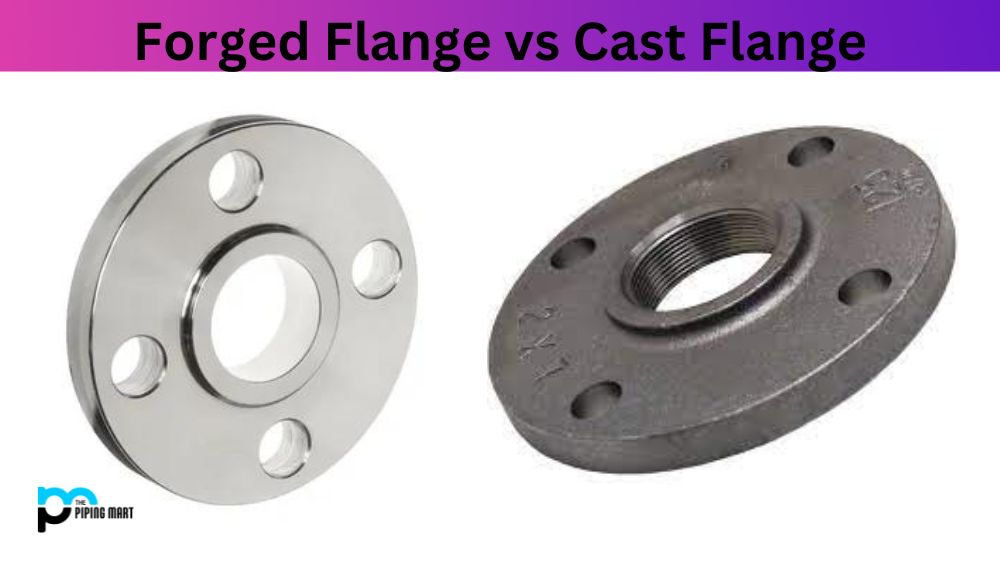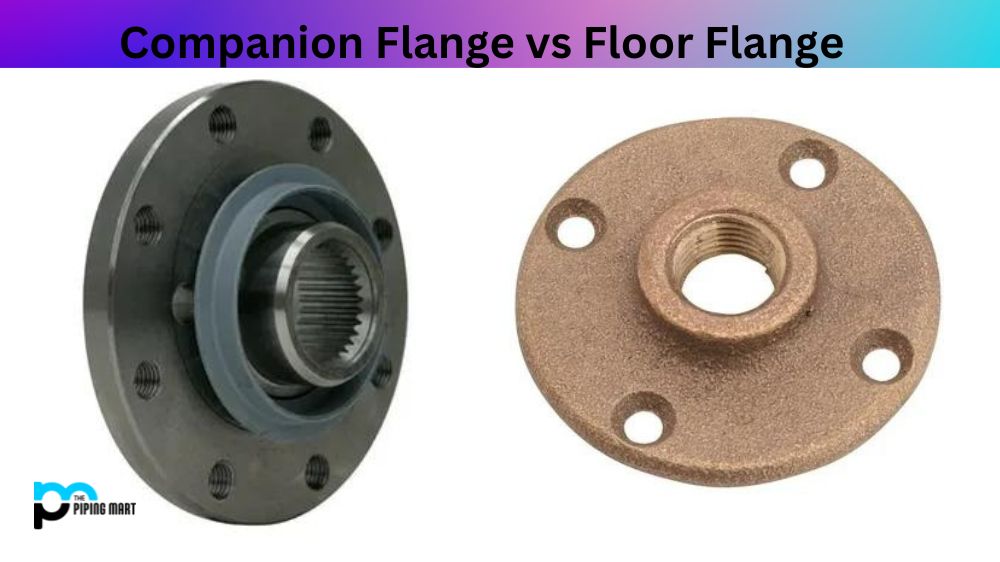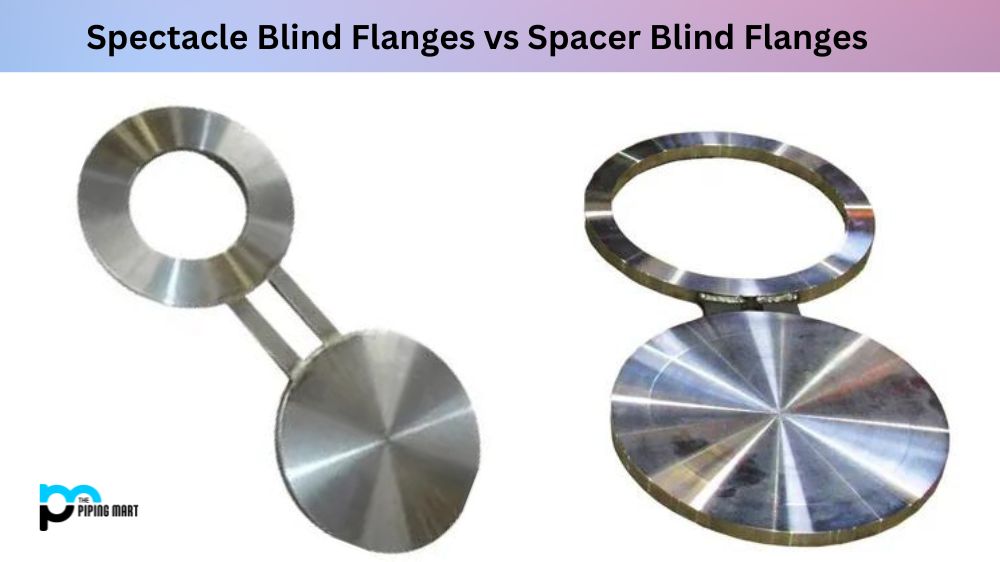In industrial manufacturing, flanges connect pipes, valves, and other equipment. However, not all flanges are created equal. When selecting the right flange for your application, you have two main options: forged and cast flanges. While both options may look similar at first glance, some key differences can impact performance, durability, and cost. In this blog post, we’ll explore those differences and help you decide which type of flange to choose.
What is Forged Flange?
A Forged Flange is a flange used in pipe and fitting systems. It is typically round or circular in shape and can be made from various materials, such as carbon steel, stainless steel, alloy steel, copper alloys, aluminium – bronze alloys and many more. These flanges are stronger than welded and offer excellent sealability with high temperature or pressure ratings. They are used in various applications, from commercial equipment to heavy-duty industrial components.
What is Cast Flange?
Cast flanges are parts of machinery that are used to connect sections of a piping system. They typically have a circular shape with an internal bore and external rim covering the end of the pipe, allowing for tighter or more secure connections than standard threaded fittings. Cast flanges can be made from various materials such as cast iron, stainless steel, alloy and unalloyed steels, and Nickel alloys. Depending on the application, they may also feature raised-face and flat face styles, which help prevent leakage between connected components.
Difference Between Forged Flange and Cast Flange
Manufacturing Process:
The primary difference between forged and cast flanges lies in manufacturing. Forged flanges are made by heating a solid piece of steel or alloy and applying extreme pressure to shape it into the desired form. This process creates a denser and stronger flange than its cast counterpart. On the other hand, cast flanges are made by pouring molten metal into a mold, allowing it to cool and solidify. While this process is typically less expensive than forging, it produces a less dense and weaker flange.
Performance Characteristics:
Due to their denser and stronger construction, forged flanges are typically more resistant to fatigue, corrosion, and other forms of wear and tear. They are also more likely to maintain their shape and performance under high pressure and temperature conditions. While less durable overall, cast flanges may be a suitable choice for lower-pressure applications with less demanding performance needs.
Cost Considerations:
As mentioned, the manufacturing process for cast flanges is typically less expensive than forging, making them a more economical choice in many cases. However, when it comes to long-term cost savings, forged flanges may be a better investment due to their longevity and reliability.
Material Options:
Both forged and cast flanges can be made from various materials, including carbon steel, stainless steel, and various alloys. However, the choice of material may impact the suitability of each flange type for different applications. For example, forged flanges made from higher-strength materials may be necessary for high-pressure applications, while cast flanges made from certain alloys may offer better resistance to corrosion.
Availability and Lead Time:
Depending on your application’s specific needs, each type of flange’s availability and lead time may be a key consideration. Cast flanges are generally more readily available and have shorter lead times since manufacturing is relatively simple. Due to their more complex manufacturing process, forged flanges may take longer to produce and require more communication and planning with your supplier.
Conclusion:
When selecting the right flange for your needs, it’s important to weigh the pros and cons of each option carefully. While cast flanges may offer a more economical option in some cases, forged flanges are typically the more durable and reliable choice, particularly for high-pressure and high-temperature applications. Considering cost, materials, manufacturing process, and performance characteristics, you can make an informed decision, ensuring your equipment’s safe and efficient operation.
Meet Heer, a dynamic and driven writer learning tricks of her trade in the metal industry. With a background in Digital Marketing, Heer brings a unique perspective to her writing, sharing valuable insights. Apart from blogging she like reading and hiking.




